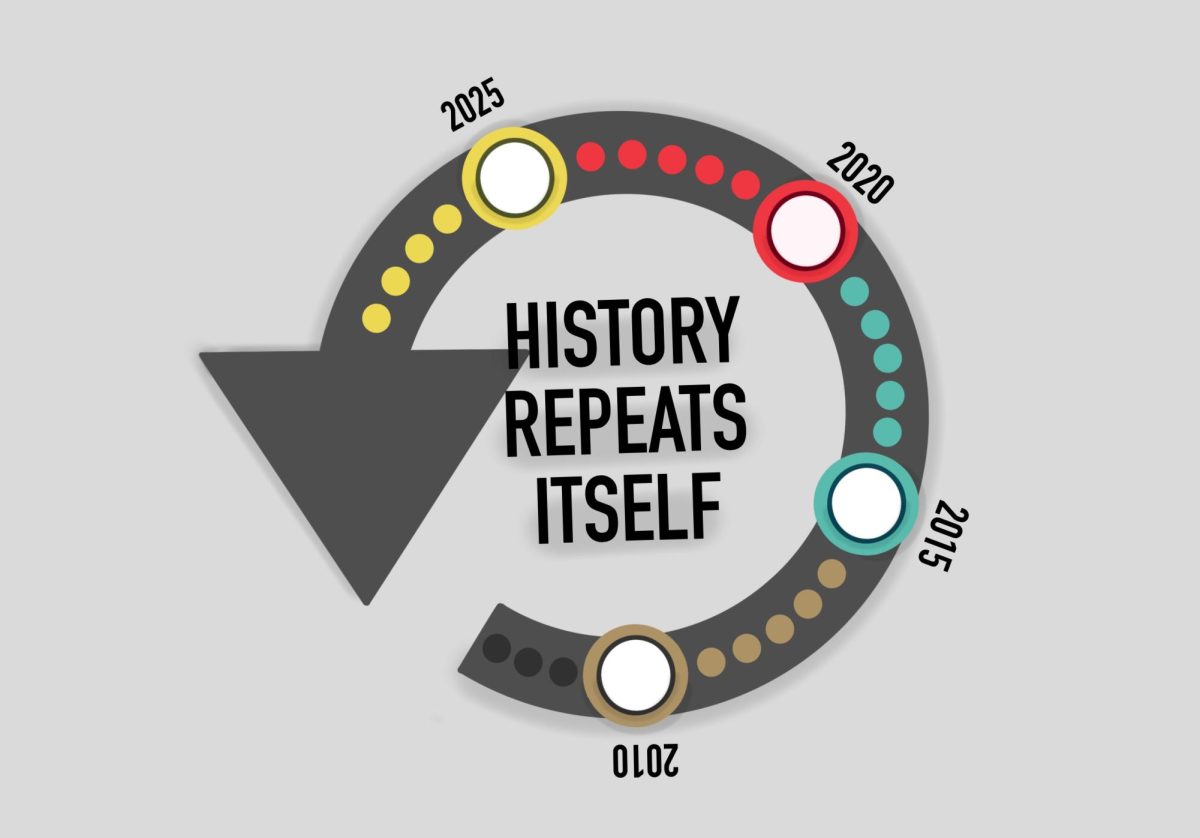When the pandemic began last March, life as we knew it flipped upside down. Restaurants temporarily closed. Professional sports leagues put seasons on pause. High school proms were cancelled. Colleges originally sent students home for two weeks, but many, like me, did not return to in-person class until this fall.
While many pandemic-era restrictions are hotly debated (think mask/vaccine mandates, whether to pack football stadiums), others seem to be the consensus. One of those is that Zoom (and online school in general) sucks. We need students back in the classroom, they say.
I’m here to disagree with that last sentiment. Why are we so quick to run away from Zoom?
To be clear, I’m not talking about K-12 students. I’m talking about college students, especially those that attend mega-universities like the University of Minnesota. There are plenty of reasons as to why Zoom should have a place.
1. In-person lectures aren’t always necessary
Do we really need to have massive lectures take place in person? The clear answer is no. To be clear again, there is a distinction: liberal arts courses and STEM courses should not be treated the same. Teaching or doing a lab via Zoom seems like a bad idea. But a CLA student attending all classes in person seems unnecessary. There isn’t much person-to-person interaction in large lectures anyway, so why do them in person when they can be done from your own bedroom? Luckily, some courses in CLA like Sociology 1001 and Psychology 1001 at least have the option to attend virtually.
Other departments like political science (what I study) don’t offer a 1001 Zoom option. If you are taking Political Science 1001, what’s the reason to attend with your 137 classmates in person when you could easily do it virtually? The same logic holds true for professors; why teach a 138-person class in person when the same could be done from the comfort of your office/home?
2. Cost savings
The least controversial thing I’ll write in this column is that college is expensive. Universities should be doing everything they can to cut costs for students, especially when it wouldn’t harm the quality of the education. Transitioning large lectures to Zoom would mean universities would need fewer large lecture halls, which could result in savings. Second, students could save money on rent if they didn’t need to live as close to campus. Imagine only needing to come to campus two days a week instead of four or five!
3. Flexibility
Similar to my last point, transitioning many classes to be taught via Zoom would offer a huge amount of flexibility to students. Students could work more if they wish, do other things they enjoy outside of class, have the flexibility to go home during the week and more. This would make it easier for a nontraditional student to come back to school for a degree as well.
4. Mo’ students, fewer problems
This point is the most crucial: as democracy struggles, not enough people look at colleges’ role in helping democracy to thrive. If more students (who just so happen to also be voters and citizens) are educated — especially in the social sciences — our democracy will be healthier. Expanding college education at large, high-quality universities (like the University) by offering more courses via Zoom would be good for democracy.
I don’t think my proposal or sentiment here is ridiculous or out of reach. Universities need to constantly re-examine the best ways to help students, and society in general, to succeed. As we run back to our pre-pandemic ways of life, let’s learn one lesson: Zoom should have a place in college education.














